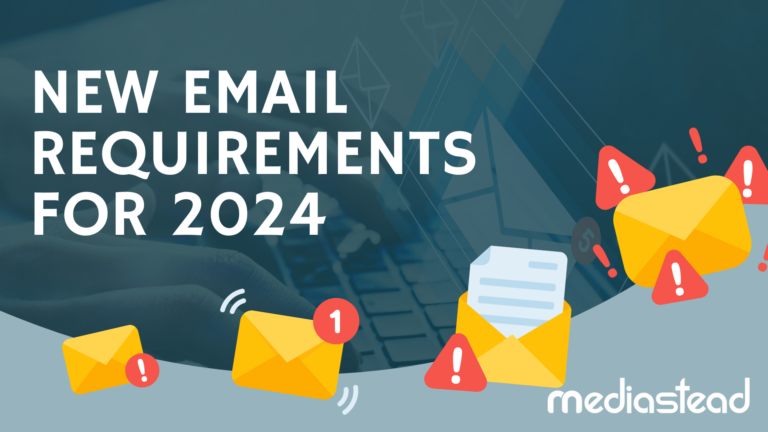For those of you who might not be aware, Google and Yahoo have made a joint announcement that will transform the way commercial emails are sent and received globally. Starting February 2024, these email giants will stringently scrutinize incoming emails. Those failing to meet specific message authentication and procedural criteria or performing below certain thresholds on infrastructure and performance will face blocks and filters.
This is a major industry shift with far-reaching implications for digital marketers worldwide. The silver lining? This update has the potential to elevate the quality standards for legitimate emails. It offers most senders a more streamlined process. This is achieved by establishing clear guidelines and requirements for commercial email content and practices.
Understanding the New Requirements
This policy revision has two key focal points:
- The technical structure of commercial email messages.
- The permissible levels of recipient complaints about emails.
Email senders now find themselves examining how their outbound emailing infrastructures hold up against these updated requirements. Do outgoing emails comply with DKIM and SPF protocols? Is the DNS configuration complete with a ‘fully qualified reverse DNS’? Is there a present and passing DMARC record? These are the questions that need answers as businesses navigate the evolving landscape of email policies.
We covered many of these critical email authentication elements in a previous article where we discussed branded email and email security.
Dissecting Key Changes Brought by Google and Yahoo
The new requirements aren’t radical innovations—they’re merely making what used to be “strongly recommended” a mandatory standard for commercial email practices.
Essential Policy Changes Include:
- Passing DKIM and SPF Protocols: Outgoing emails must adhere to DKIM (DomainKeys Identified Mail) and SPF (Sender Policy Framework) protocols after configuring your domain’s DNS accordingly.
- DNS Configuration: An essential policy change revolves around having a “fully qualified reverse DNS” (FQrDNS). This mandates a meticulous configuration where sending domains are explicitly linked to authorized sending IPs. This industry-first requirement adds an essential layer of protection, reinforcing Gmail’s commitment to a safer and more trustworthy email ecosystem.
- DMARC Records: A standout point of this new policy is the requirement for a present and passing DMARC (Domain-based Message Authentication, Reporting, and Conformance) record on the sender’s FROM domain.
- Easy Unsubscribe: Emails need to have “easy” unsubscribe mechanisms embedded, such as a “one-click” unsubscribe feature.
- Complaint Rate Threshold: Google has explicit criteria regarding the complaint rate threshold for mail blockage—specified as 0.3%.
- Sender Domain: Noteworthy in this announcement is the impact on senders using “gmail.com” for commercial emails. Google’s shift in DMARC policy to ‘quarantine’ means emails sent from ‘gmail.com’ not directly from a Google account will land in spam. Avoiding ‘gmail.com’ for business emails has long been advised, and this update reinforces the importance of this best practice.
Understanding the Purpose of These Changes
The primary aim behind these changes isn’t to make life challenging for digital marketers—it’s about enhancing the end-user experience. It’s about making email communications more secure, valuable, and trustworthy to maintain the credibility of brands in this digital age.
For in-depth insights into leveraging these developments for your business’s benefit or comprehensive guidance on surmounting any challenges it presents, consider signing up for a consultation with Mediastead today.

